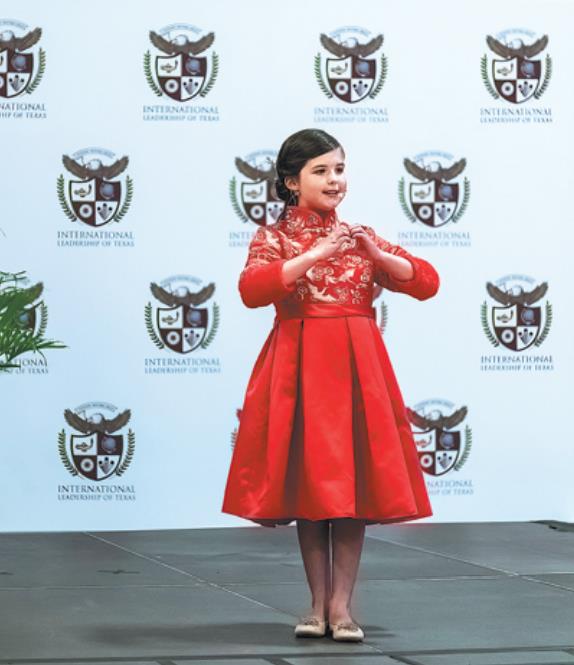Mandarin fever: It seems everyone's getting it

Opening doors

After graduating from high school, Kracke, whose Chinese name is Li Xiaoyu, decided to travel to China to teach English for a year. Before leaving, she took two Chinese classes at a community college, hoping that she would be able to communicate with the locals. This experience opened doors for Kracke to get to know more about the Chinese language and culture.
Last year Kracke won the 20th Chinese Bridge Chinese Proficiency Competition for Foreign College Students. During the competition, the audience was particularly captivated by her ability to play the guzheng, a Chinese stringed instrument with a history of more than 2,500 years.
"When you're playing guzheng it feels like you are also like part of that community that goes through history, which is fun to be a part of," Kracke said. "And when you play the songs you can still play traditional pieces that are the same ones people used to play 1,000 years ago. And it's like you get to experience Chinese history."
Chinese is a compulsory course for students studying in an international school outside Dallas, Texas.
Eddie Conger, the school's founder and superintendent of International Leadership of Texas, Garland High School, said that by last year about 21,000 youngsters were learning Chinese at the International Leadership of Texas.
By learning the language, and more importantly about Chinese culture, "it only draws us closer together to be able to solve very important problems", he said.
Nicholas Goldring, a graduate of International Leadership of Texas who gained a full scholarship at Beijing Language and Culture University in Beijing, said that on the first day of his Chinese class, "something inside of me woke up".
He found that for him Mandarin was easy. "I've made it my life goal to master this language. And to this day it's gone to a point where I can communicate with a native speaker with relative ease, even though I still have a lot more to learn."
A study by LingoAce, a company in Singapore that offers Chinese courses online, found that only 20 percent of students in the US under the age of 18 are learning a foreign language in school, and only 3.5 percent are learning Chinese. However, the study also found that Chinese immersion programs for K-12 students have grown on average 16 percent a year over the past decade.
A Chinese immersion program means that for the participants at least half the day in school is taught in Chinese and that academic subjects are also taught in Chinese, not simply that the Chinese language is taught, according to the Center for Advanced Research on Language Acquisition of the University of Minnesota.
By November, 380 schools in the US were reported to have Chinese immersion programs. More schools with such programs will open within the next four years, said the Mandarin Immersion Parents Council, a platform for families about Mandarin immersion education.





























